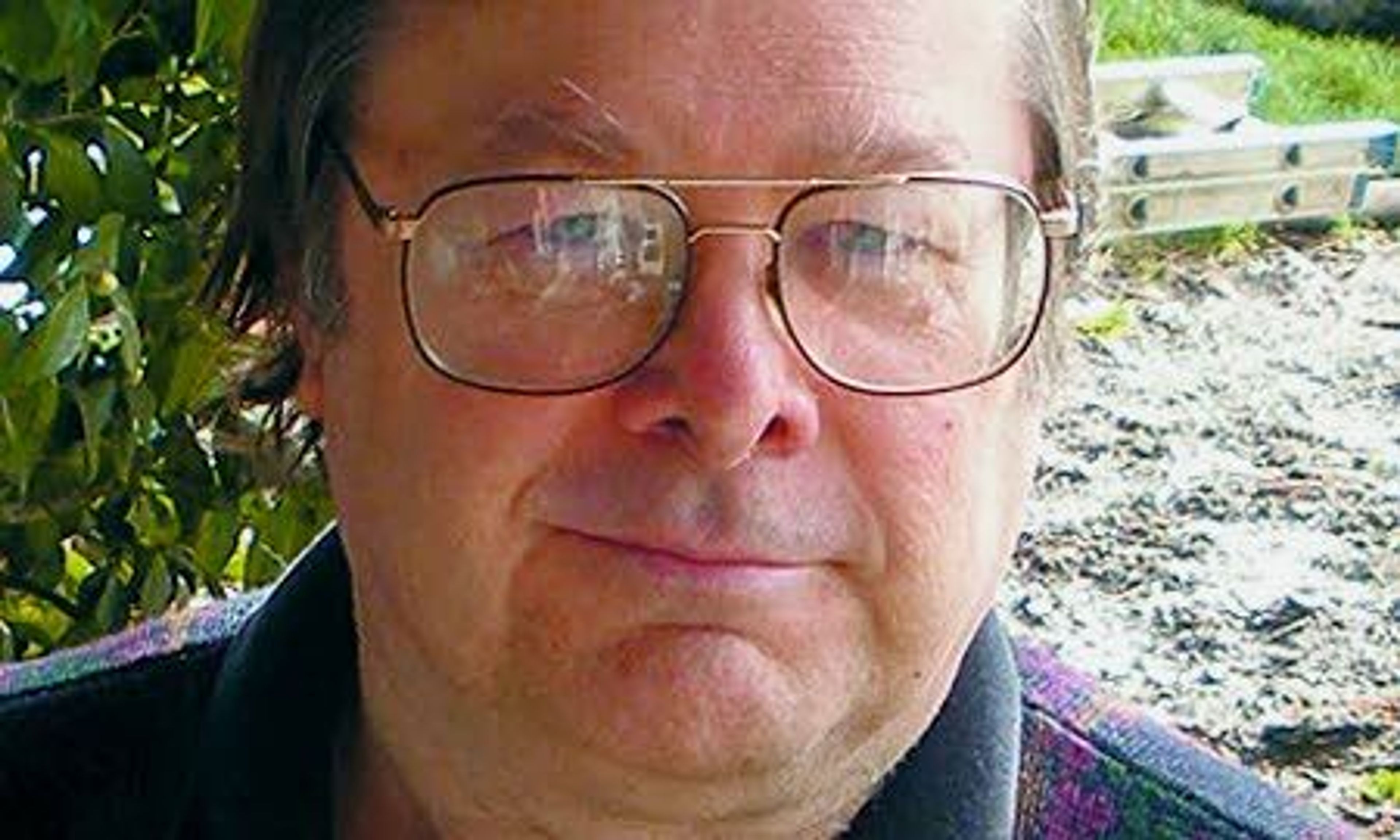Little: Fed-state program may tame wildfires
BOISE — Local, state and federal officials along with conservation groups and logging interests have to find common ground to reduce increasingly destructive wildfires in the U.S. West, Gov. Brad Little said Tuesday.
He told several hundred participants at an Idaho Forest Restoration Partnership meeting that they have the chance to make a new federal-state program called the “shared stewardship” agreement a success.
“We have got to get this done,” the Republican said. “I think the consensus from both ends of the scale is that we have to do this right.”
Idaho signed the agreement with the U.S. Department of Agriculture late last year that allows state participation in federal timber sales and restoration work like prescribed burns and tree planting on private, state and federal lands.
The partnership is tasked with finding two areas in the state by July 1 for shared stewardship activities that could ultimately become templates for other states. The group, comprised of logging companies, conservation groups, scientists, and state and federal officials, is meeting for a two-day workshop in Boise to discuss strategy.
U.S. Department of Agriculture Undersecretary Jim Hubbard told the group that public sentiment is behind collaborative, landscape-scale efforts.
“We’re seeing (lightning strike) ignitions that produce large fires that we can’t control,” he said. “We’re smoking out communities — enough that it’s a human health issue.”
The stewardship agreement is an outgrowth of a smaller program called the Good Neighbor Authority, created in the 2014 Farm Bill, which allows Idaho and other states to assist on timber sales and restoration work like prescribed burns on U.S. Forest Service land. Money made from timber sales pays for the restoration work as well as for workers assisting on the projects.
However, landscape-scale projects are needed to treat 9,500 square miles of national forests in the state that are deemed at high risk of burning. It became clear to officials that the small amount being done under the Good Neighbor Authority would never get to all those areas.
“I would say it’s more holistic thinking about the landscape,” said John Phipps, director of the U.S. Forest Service Rocky Mountain Research Station in Fort Collins, Colo.
Tom Schultz of the Idaho Forest Group, a logging and lumber company, said the shared stewardship program could increase logging in Idaho and Montana by about 10 percent, or 150 million board feet, over the next five to 10 years.
“We see the outputs coming from across the region,” he said.
John Robison of the Idaho Conservation League said he was pleased that Little noted the importance of having conservation groups at the table on shared stewardship decisions.
“This approach needs to include improving the water quality of our streams, habitat for our wildlife, and recreation is a component as well,” he said. “I thought this was a good inclusive start to this program that not a lot of folks knew much about before.”









